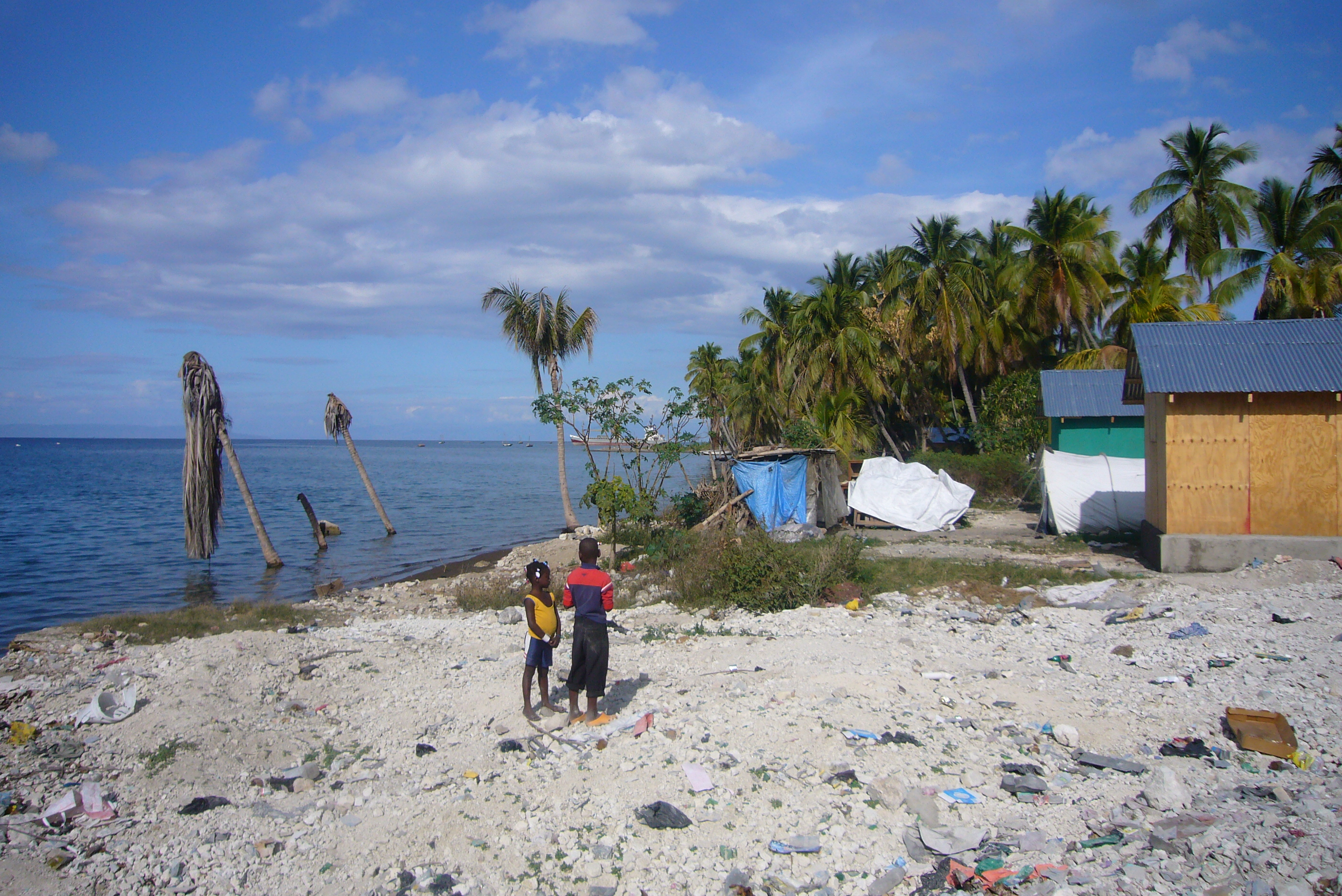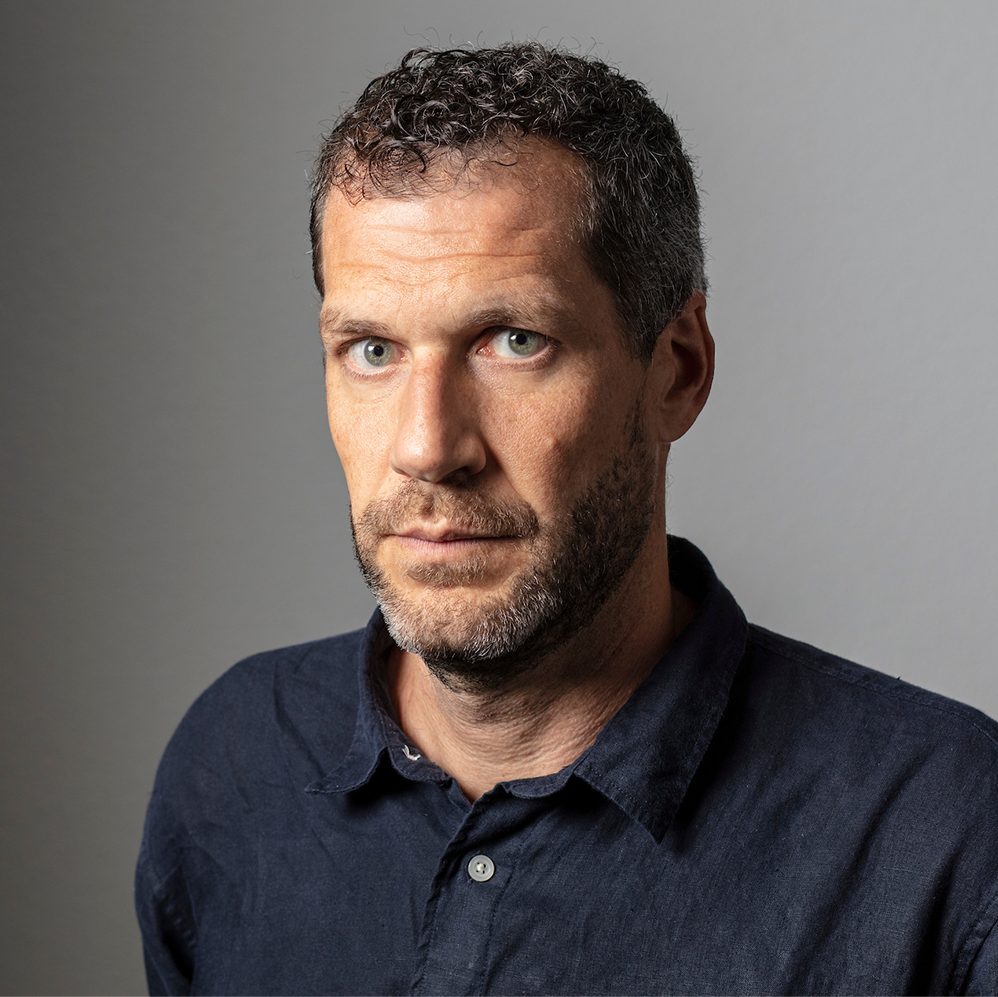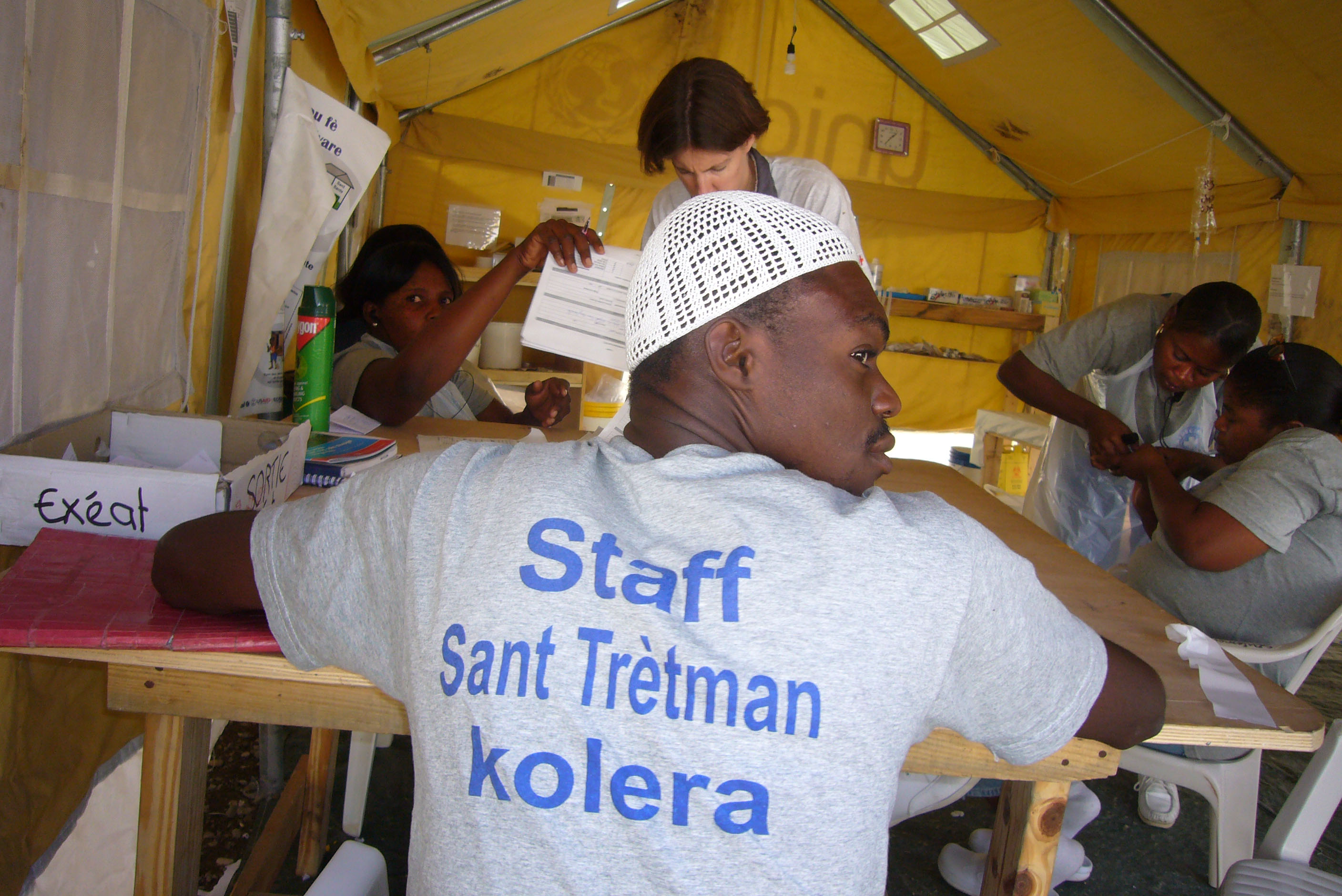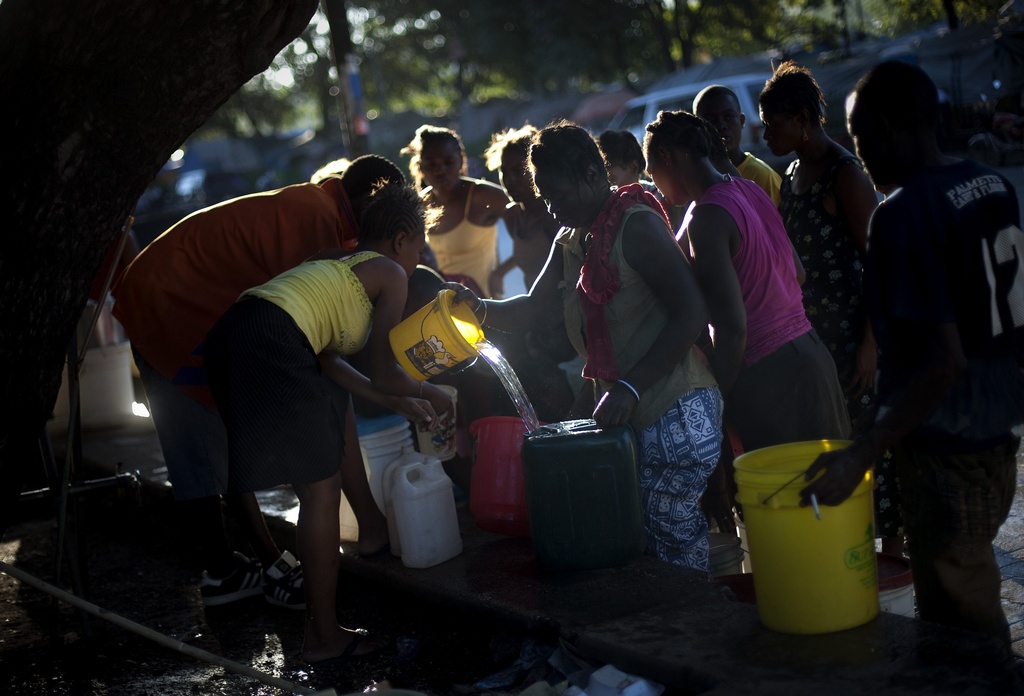Haitians still living under canvas

One year after the devastating quake that killed more than 230,000 Haitians, hundreds of thousands are still surviving in tent camps and makeshift shelters.
swissinfo.ch visited a Swiss housing project in Petit-Goâve, a town 50km west of the capital Port-au-Prince, to find out why construction has barely begun, hampered by land ownership issues, local politics and uncoordinated humanitarian action.
On January 12, 2010 at precisely 4.53pm the earth shook with all its might at Petit-Goâve and several houses in its historic Petite Guinée district fell into the sea.
Some 35 people died in Petite Guinée and 700 families were left homeless by the 7.0-magnitude earthquake. One year on, workers are constructing temporary shelters to house some of those who lost their homes. But for most, life under canvas will continue.
“We can’t stand living like this much longer. It’s total misery; nothing has changed over the past 12 months,” declared Jean-Joseph Blavette, a member of the local district committee.
His anger is directed towards Swiss Interchurch Aid, a Swiss non-governmental organisation, which planned to build 160 homes on land outside the city.
“What is Swiss Interchurch Aid doing? They promised that the project would begin in January 2011 but we haven’t had any news from them for the past two months,” he said.
Lying low
René Schärer, the Swiss engineer in charge of the programme, is avoiding meeting the homeless of Petit-Goâve.
“I don’t want to give them any false promises before we have the green light from the authorities,” he explained. For several months there have been ominous signs and the housing programme is now under threat.
Owing to inaction by the local authorities, Schärer decided to meet the Haitian interior minister, who “seemed enthusiastic and guaranteed his support” he said.
But two months ago, Swiss Interchurch Aid received a call from Haiti’s Inter-ministerial Committee for Land Development outlining “serious objections” to the project.
“And since then we haven’t managed to organise any meetings with them, even to learn about their opposition and how we can react,” he added.
The mayor of Petit-Goâve, Justal Marc Roland, seemed surprised about the blockage.
“We know nothing about what is going on. We are going to contact the ministry after the January 12 commemoration. Swiss Interchurch Aid is one of the few organisations working with us. We definitely want to implement this project,” he said.
Rising water
But Schärer said he did not believe his promises, especially as the mayor is campaigning for the December municipal elections and Petite Guinée is not an interesting electoral region for him.
“We want to do things by the rules, but sometimes I think other NGOs are right to do things while avoiding coordination with the authorities,” he said.
Since September, all administrative procedures have been blocked due to the never-ending electoral process.
But the situation is urgent, said Schärer: “Petite Guinée is subject to flooding. If the waters rise, the responsibility for the disaster will fall on my shoulders.”
At Meilleur-Haut, the location for the planned new housing district, lengthy delays to the building project also have negative consequences. For several months, 450 families have been living next to the river on flat land intended for construction. According to the new residents, a local politician told them to move there after being evacuated from a school where they had been staying.
Wild construction
At nearby Meilleur-Haut, as everywhere else in Haiti hit by the quake, temporary shelters are increasingly becoming a permanent fixture. A health clinic was set up by the American organisation USAID, but unhealthy conditions and the lack of toilets and drinking water are problematic. The first death by cholera was recorded the day prior to swissinfo.ch’s visit.
Climbing to the top of the hill where some of the new homes should be built, Schärer had difficulty hiding his surprise. Four wooden shelters on concrete bases had just been built.
“Some NGOs build shelters anywhere without coordination just to have the numbers to satisfy their donors,” he bemoaned.
What is more disconcerting is that on the other side of the hill, builders are laying the final bricks of a brand-new home.
“Some people obviously got wind of our project and took advantage to move here,” said Schärer.
Below, other homeless families are living where bulldozers are soon to start digging. But the houses alongside their tents still bear signs of last year’s quake damage.
Plan B
“The land was not new. Some people had already moved here illegally before the earthquake,” said Schärer, adding that these families will be included in the project.
But it all seems so chaotic, especially having to decide between those who have the right to a home and those who have to leave.
“The mayor promised that he was going to demolish everything,” said Blavette.
So what will happen to the families already residing there?
“We are all Haitians and obviously ready to share with them some of the houses,” he said.
Tired of the endless obstacles and short of time, Schärer admitted to having another solution up his sleeve – he wants to spread the residents out over a much wider area. But there again, land rights issues threaten to upset his plans.
The mayor, for his part, is unaware of any other housing project for the people of Petite Guinée. Like hundreds of thousands of other Haitians, they look as if they will have to make do with temporary housing for a long time, and pray that the heavens, earth and seas do not endanger their destiny again.
Haiti is two-thirds the size of Switzerland but has an estimated population of ten million compared with Switzerland’s 7.7 million.
Up to three million people are thought to live in the capital, Port-au-Prince.
Haiti suffers from high inflation, a lack of investment because of insecurity and limited infrastructure, and a severe trade deficit.
Haiti is the poorest country in the Americas. Three-quarters of Haitians survive on $2 a day or less. Almost half of the population is illiterate.
The 7.0-magnitude earthquake on January 12, 2010 killed around a quarter of a million people in Haiti, injured more than 300,000 and left more than 1.5 million homeless.
According to the humanitarian organisation Oxfam, only five per cent of all debris resulting from the quake has been cleared since January 12, 2010.
More than $5.3 billion was pledged at a March 31 donors’ conference for a period of 18 months. Only $824 million – about a quarter of the public money not including debt relief – has been delivered, according to former US President Bill Clinton’s UN Office of the Special Envoy to Haiti.
The Swiss government has given SFr35.9 million towards reconstruction efforts. Swiss Solidarity has collected SFr66 million from the general public, of which SFr22.3 million has been used to finance 30 projects.
(Translated from French by Simon Bradley)

In compliance with the JTI standards
More: SWI swissinfo.ch certified by the Journalism Trust Initiative
















You can find an overview of ongoing debates with our journalists here . Please join us!
If you want to start a conversation about a topic raised in this article or want to report factual errors, email us at english@swissinfo.ch.